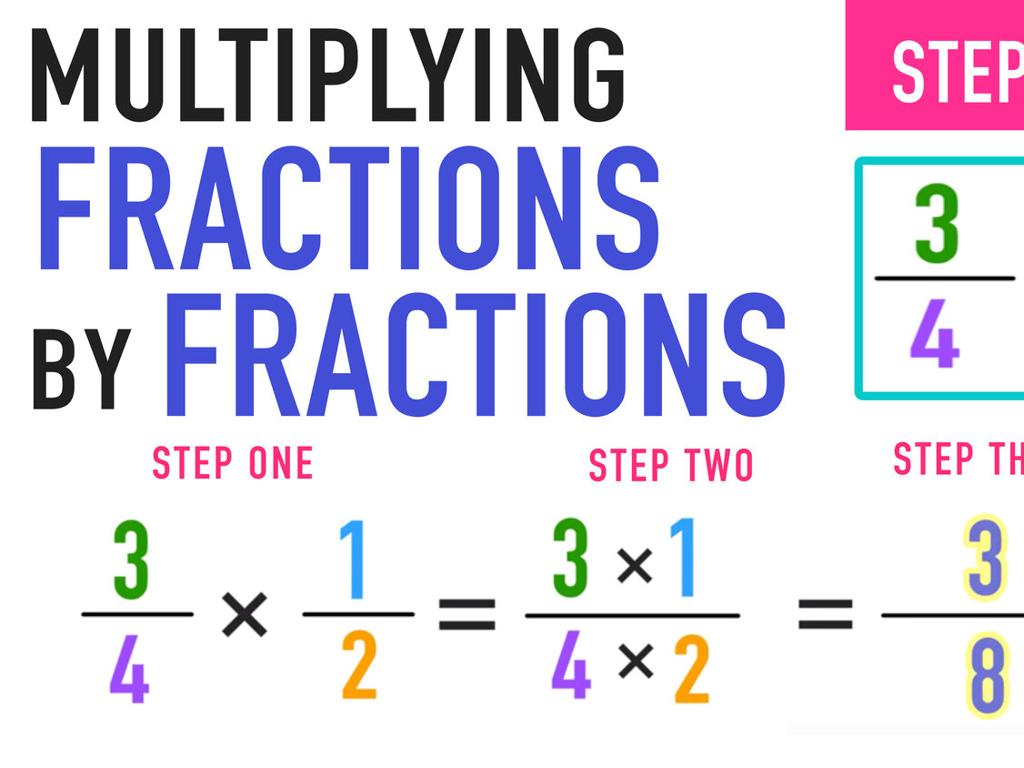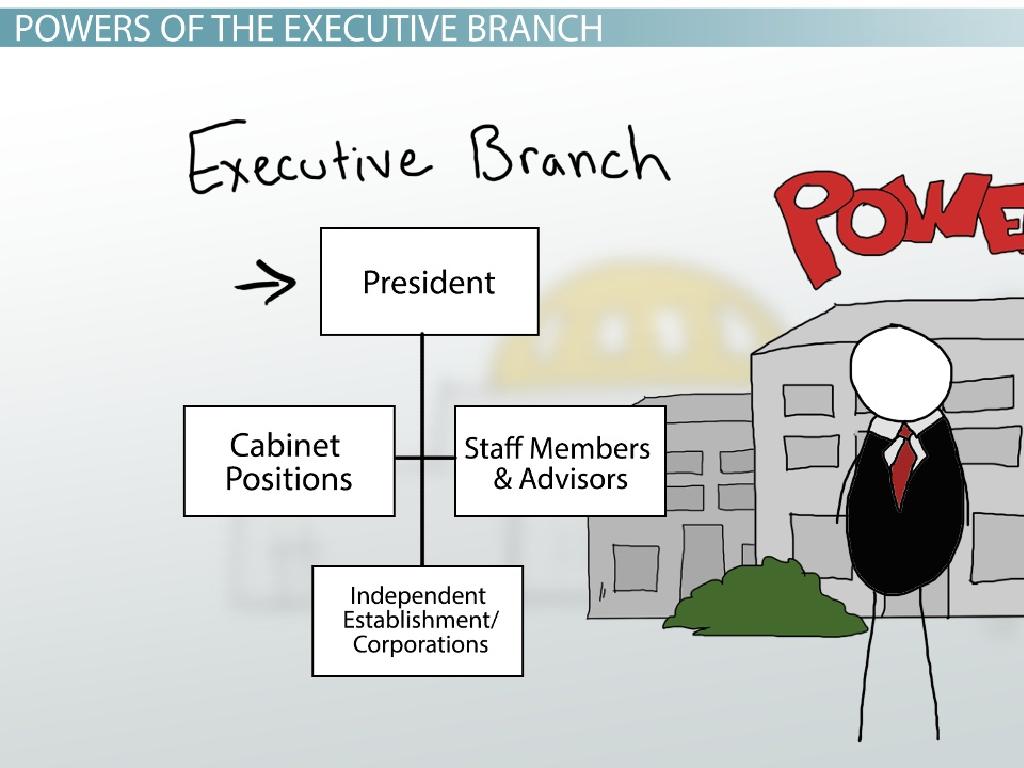Replace The Noun With A Personal Pronoun
Subject: Language arts
Grade: Third grade
Topic: Pronouns
Please LOG IN to download the presentation. Access is available to registered users only.
View More Content
Today’s Adventure: Replacing Nouns with Personal Pronouns
– Understanding pronouns
– Pronouns are words like ‘he’, ‘she’, ‘it’, ‘they’, used instead of nouns.
– The role of pronouns in sentences
– Pronouns prevent repeating the same nouns over and over.
– How to replace nouns with pronouns
– Find a noun in a sentence and choose the right pronoun that matches.
– Practice examples
– ‘The dog chased the ball.’ becomes ‘It chased the ball.’
|
This slide introduces the concept of pronouns and their usage in place of nouns to avoid repetition and make sentences sound better. Start by explaining what pronouns are with simple examples. Discuss why pronouns are useful, emphasizing how they help avoid redundancy. Teach students how to identify nouns in sentences and select the appropriate personal pronouns to replace them. Provide practice examples and encourage students to try replacing nouns with pronouns in sentences from their favorite books or stories. This activity will help them grasp the concept through application.
Understanding Nouns and Pronouns
– What is a noun?
– Nouns can be a person, place, thing, or idea
– Examples: ‘dog’, ‘school’, ‘happiness’
– Replacing nouns with pronouns
– Instead of ‘Sara’, use ‘she’; for ‘dog’, use ‘it’
|
This slide is aimed at reminding students what a noun is before introducing the concept of pronouns. Start by defining a noun with examples that the students can easily relate to. Then, explain how pronouns can replace nouns to avoid repetition and simplify sentences. Use common examples from the students’ daily lives to illustrate the point. For instance, instead of repeating ‘the dog’, use ‘it’ to make sentences less cumbersome. Encourage students to think of other examples where a noun can be replaced by a pronoun.
Meet the Personal Pronouns
– Personal pronouns take place of nouns
– Can be subjects or objects
– ‘The dog ran.’ becomes ‘It ran.’
– Examples: ‘I’, ‘you’, ‘he’, ‘she’, ‘it’, ‘we’, ‘they’
– ‘Sarah is happy.’ becomes ‘She is happy.’
– Practice replacing nouns with pronouns
– Let’s find nouns in sentences and use pronouns instead!
|
This slide introduces personal pronouns, which are used to replace specific nouns and avoid repetition. Explain that pronouns can act as the subject (doing the action) or the object (receiving the action) in a sentence. Use simple examples to illustrate this point, such as replacing a name with ‘he’ or ‘she’ and an object with ‘it’. Encourage the students to practice by identifying nouns in sentences and choosing the correct personal pronouns to replace them. This activity will help them understand how pronouns function in everyday language.
Subject Pronouns: Who’s Doing the Action?
– What are Subject Pronouns?
– They replace ‘who’ or ‘what’ in a sentence
– Words like ‘I’, ‘you’, ‘he’, ‘she’, ‘it’, ‘we’, ‘they’
– Let’s practice using them
– We’ll replace nouns with pronouns in sentences
– Example: ‘Michael’ changes to ‘He’
– ‘Michael’ is ‘he’ when we use a pronoun
|
This slide introduces the concept of subject pronouns to third-grade students. Begin by explaining that subject pronouns are used to replace the noun that is doing the action in a sentence. This makes sentences shorter and avoids repetition. Use relatable examples to help students understand the concept. For instance, instead of repeating ‘Michael’ every time, we can say ‘he’ after the first mention. Encourage students to identify the subject in sentences and practice replacing it with the correct subject pronoun. Provide additional examples and practice sentences for the class to work through together.
Using Object Pronouns
– Object Pronouns in sentences
– They receive the action, like ‘me’, ‘you’, ‘him’, ‘her’, ‘it’, ‘us’, ‘them’.
– Examples of Object Pronouns
– ‘Mom hugged me.’ instead of ‘Mom hugged Sarah.’
– ‘Sarah likes the cat.’ to ‘Sarah likes it.’
– ‘It’ is the object pronoun replacing ‘the cat’.
|
This slide introduces the concept of object pronouns to third-grade students. Object pronouns are used to replace nouns that receive the action in a sentence. Start by explaining the role of object pronouns and then provide clear examples. Use sentences from familiar daily life situations to make it relatable. For instance, ‘The teacher called Sarah.’ can be changed to ‘The teacher called her.’ This helps students understand how to identify the object in a sentence and choose the correct object pronoun to replace the noun. Encourage students to practice by rewriting sentences from their favorite books or stories using object pronouns.
Let’s Practice Pronouns Together!
– I’ll display sentences with nouns
– We’ll choose correct personal pronouns
– For ‘Sarah runs fast’, we say ‘She runs fast’
– Partner up to find the right pronoun
– Two heads are better than one for this task!
– Get ready to share your answers
– We’ll review as a class, so be prepared
|
This slide is for a class activity focused on replacing nouns with personal pronouns. Start by showing sentences that contain nouns that can be replaced with pronouns. Guide the students to understand how to identify the appropriate personal pronouns (he, she, it, they, etc.) to replace the nouns. Encourage them to work in pairs to foster collaboration and to ensure they support each other’s learning. After the activity, ask some pairs to share their sentences and discuss any challenges they faced. This will help reinforce the concept and ensure that all students are engaged and understand how to use pronouns correctly.
Activity Time: Pronoun Hunt
– Find and replace nouns with pronouns
– Look for nouns in sentences and think what pronoun can take its place
– Work on the worksheet with a buddy
– Team up and help each other in the pronoun quest
– Share your answers with the class
– Discuss what you’ve learned with your classmates
– Understand pronouns better
|
This activity is designed to reinforce the concept of pronouns and how they are used to replace nouns in sentences. Provide students with a worksheet that contains sentences with multiple nouns. Students should work in pairs to identify the nouns and then decide which pronouns can replace them. Encourage collaboration and discussion between partners to ensure understanding. After completing the worksheet, have each pair share some of their sentences and the pronouns they chose with the class. This will help students learn from each other and clarify any misconceptions. As a teacher, be prepared to guide them through examples if they struggle and praise their efforts to build confidence.
Conclusion: The Power of Pronouns
– Pronouns make sentences smoother
– They replace nouns to avoid repetition
– Choosing the correct pronoun
– Match the pronoun to the noun’s number and gender
– Review sentence transformations
– Look at how we changed sentences by using pronouns
– Practice makes perfect
|
This slide wraps up our lesson on pronouns by highlighting their usefulness in making sentences less repetitive and more fluid. Emphasize to students that pronouns must agree with the nouns they replace in both number (singular or plural) and gender. Review examples of sentences where nouns have been replaced with pronouns to reinforce the concept. Encourage students to practice by writing their own sentences and exchanging nouns with pronouns. This will help solidify their understanding and application of pronouns in everyday language.
Class Activity: Pronoun Charades
– Act out a sentence with a noun
– Classmates guess the pronoun
– Shout out the correct pronoun
– Remember to help and have fun
Learning pronouns can be exciting and interactive!
|
This slide introduces a fun and interactive classroom activity called Pronoun Charades. The teacher will explain that pronouns are words that can replace nouns in a sentence. Students will take turns acting out a sentence that includes a noun without using any words. The rest of the class will guess the noun and then shout out the correct pronoun that could replace it. For example, if a student acts out ‘The girl is running’, classmates might guess ‘she’ as the correct pronoun. The activity encourages participation, reinforces the concept of pronouns, and helps students support each other’s learning. Teachers should prepare a list of sentences with clear nouns for students to act out and ensure that everyone understands the rules and the purpose of the activity.






